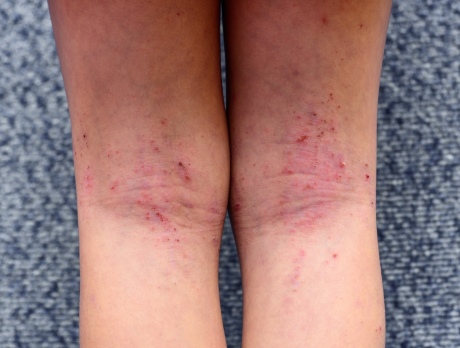

Although the appearance of a red mole is not usually concerning, see a doctor if you notice several lesions or bleeding. The exact cause of cherry angiomas is unknown, but they have been linked to aging, exposure to certain chemicals (bromides), climate, medical conditions, and pregnancy. Bleeding can occur if the angioma is rubbed or scratched. They usually grow on arms, legs, torso, and shoulders.

Some cherry angiomas are flat, while some are slightly raised. Their size may range from a pinpoint to 0.4 inches in diameter. They are often bright red, oval, or circular in shape. Cherry AngiomasĬherry angiomas or red mole is a common type of skin growth that is not causing concern unless it changes shape, size, color, or bleeds.

If you experience the symptoms of thrombocytopenia, visit your doctor for proper diagnosis and immediate treatment. The common signs and symptoms of Thrombocytopenia include: It can also be due to certain medications, chemotherapy drugs, or heavy alcohol consumption. Thrombocytopenia can be caused by other health conditions, such as leukemia, HIV, and hepatitis. Thrombocytes (platelets) help blood clot and stop bleeding. Thrombocytopenia occurs when the count of blood platelets is low. If you experience a drop in blood pressure, dizziness or lightheadedness, nausea, vomiting, shortness of breath, seek immediate medical attention as it can be life-threatening. Visit a doctor you suspect that rashes are caused by an allergic reaction to certain foods, insect bites, or other substances. The symptoms of allergies depend on the trigger and may range from mild to severe. If you have allergies, your immune system makes antibodies that find a normal substance as harmful and can inflame your airways, sinuses, digestive system, or skin. Allergies occur when the body’s immune system reacts to certain substances, such as pet dander, pollen, bee venom, and some foods. The immune system releases antibodies to attack foreign substances. Visit your doctor for proper diagnosis and treatment. It is important to determine the underlying cause to treat petechiae as it could be a sign of a serious health problem. Petechiae may also be caused by bacterial, viral, or fungal infections, such as: Medical conditions, such as vasculitis, thrombocytopenia, leukemia, and vitamin C or K deficiency.Certain medications include anticoagulants, atropine, carbamazepine, chloral hydrate, desipramine, indomethacin, naproxen, nitrofurantoin, penicillin, and quinine.Prolonged strainings, such as vomiting, childbirth, weightlifting, crying, and coughing.This condition is common and can be a sign of other medical conditions. They may also occur inside the mouth or on eyelids. These spots are usually flat and appear on the arms, stomach, legs, and buttocks. Petechiae are small red dots that appear when capillaries bleed and cause blood to leak into the skin. 20 Most Common Causes of Small Red Dots on Skinīelow are the most common causes of tiny red dots or spots on the skin.


 0 kommentar(er)
0 kommentar(er)
